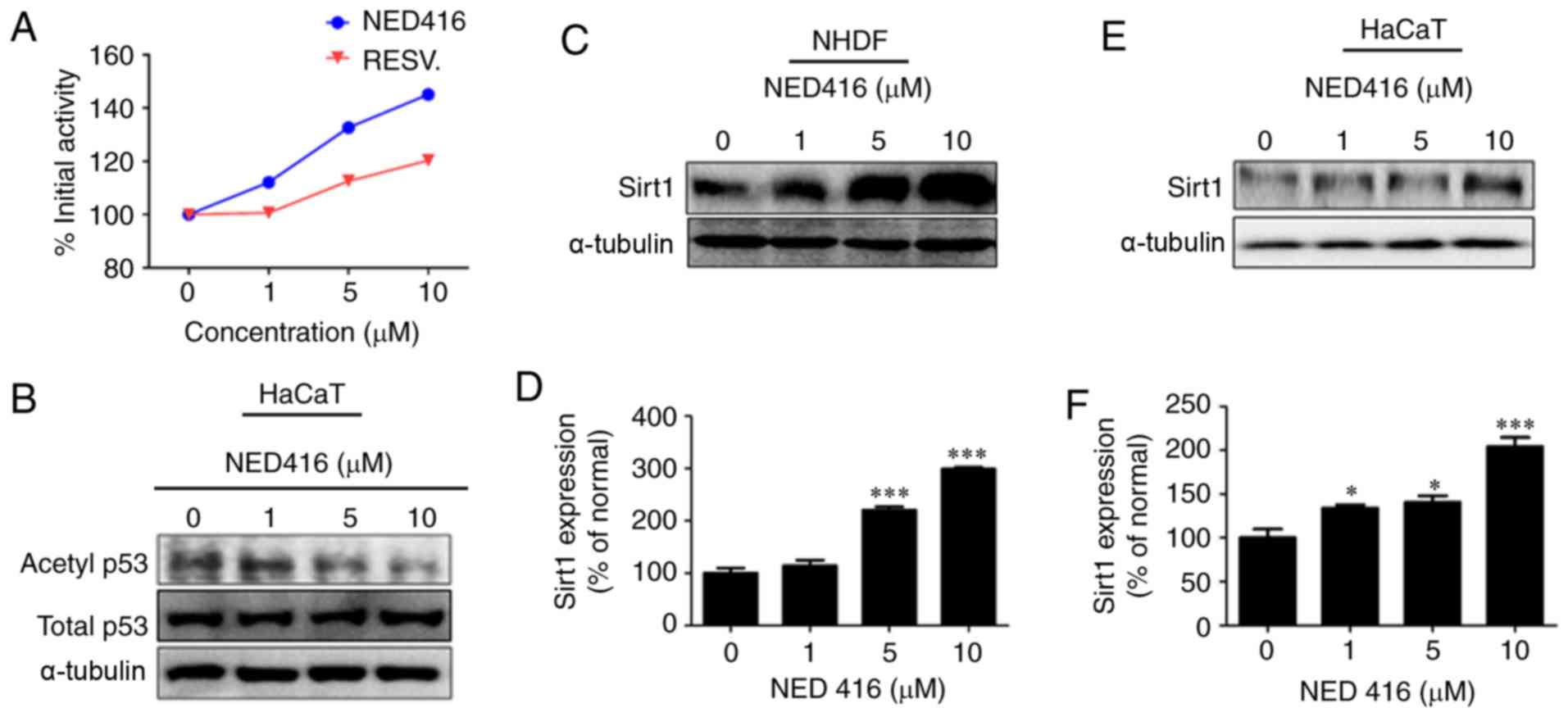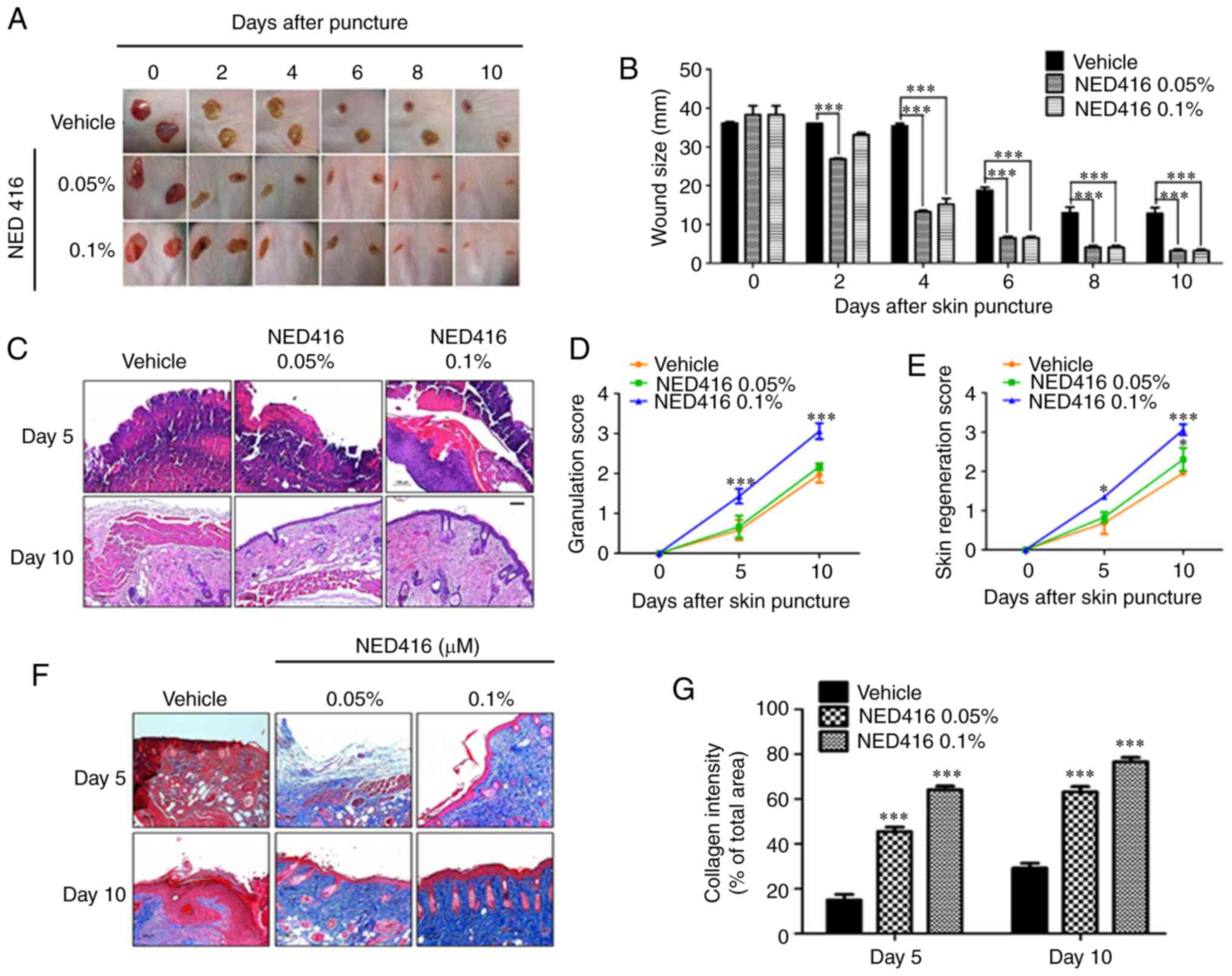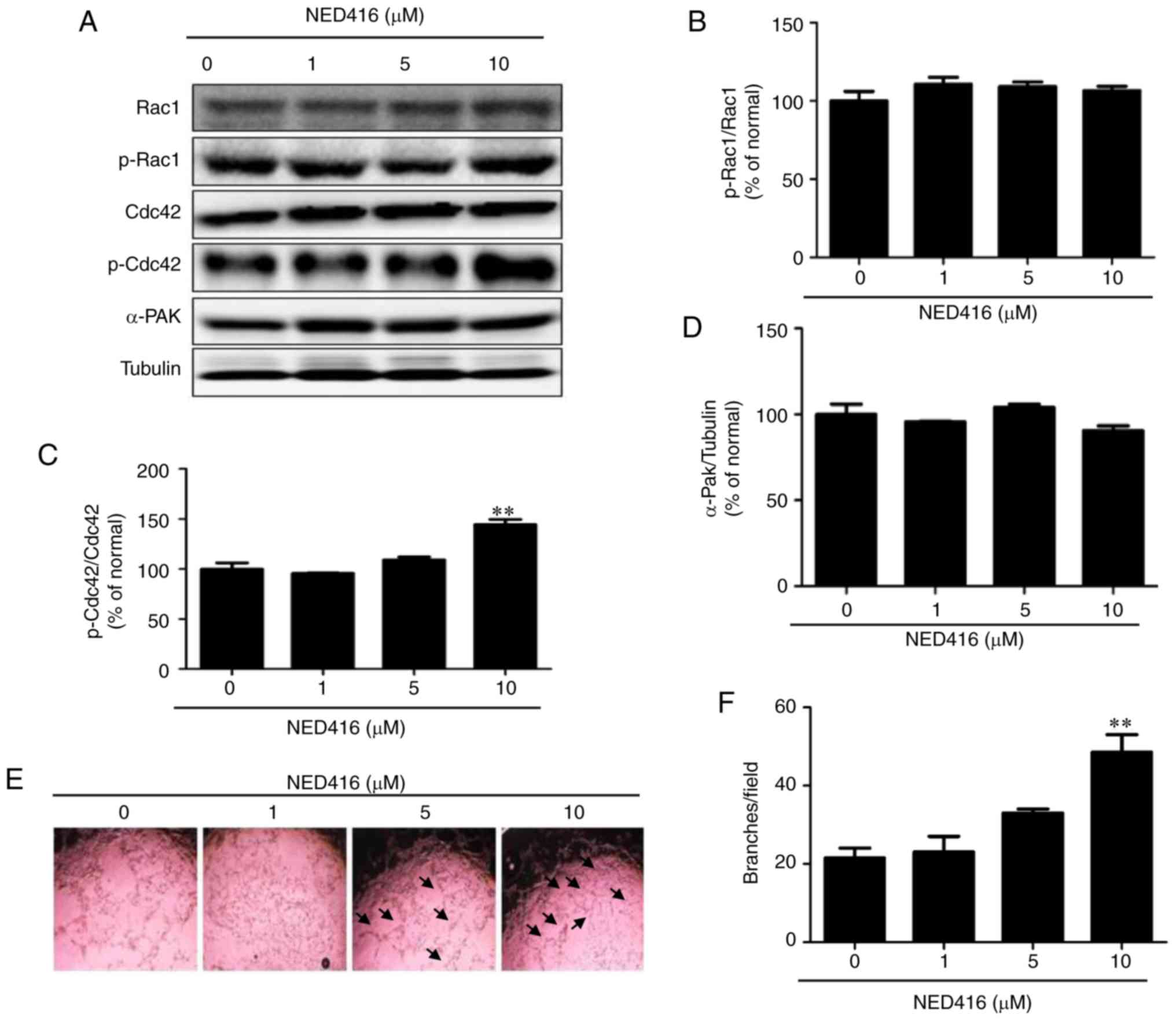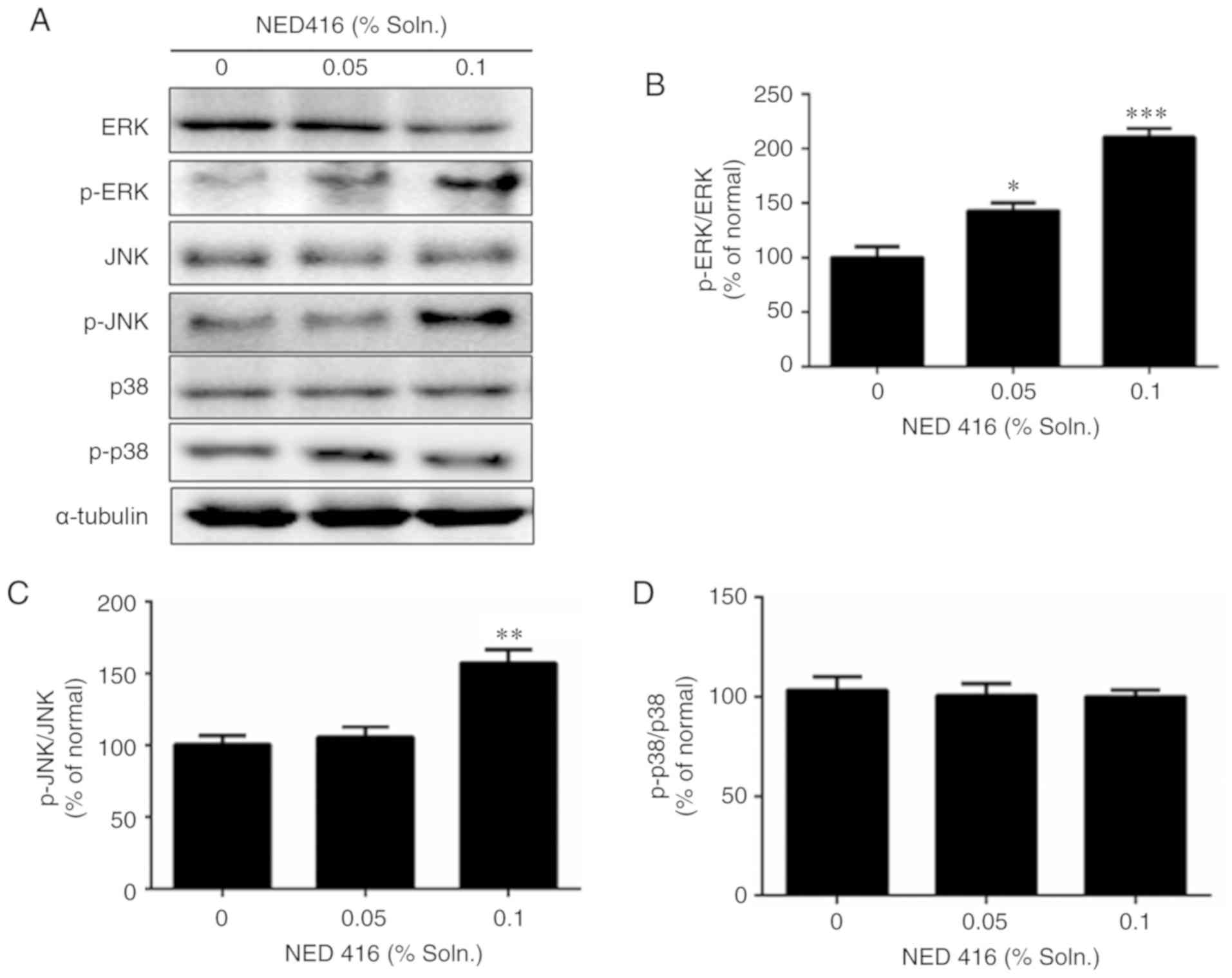|
1
|
Gurtner GC, Werner S, Barrandon Y and
Longaker MT: Wound repair and regeneration. Nature. 453:314–321.
2008. View Article : Google Scholar : PubMed/NCBI
|
|
2
|
Li J, Chen J and Kirsner R:
Pathophysiology of acute wound healing. Clin Dermatol. 25:9–18.
2007. View Article : Google Scholar : PubMed/NCBI
|
|
3
|
Kondo T and Ishida Y: Molecular pathology
of wound healing. Forensic Sci Int. 203:93–98. 2010. View Article : Google Scholar : PubMed/NCBI
|
|
4
|
Reinke JM and Sorg H: Wound repair and
regeneration. Eur Surg Res. 49:35–43. 2012. View Article : Google Scholar : PubMed/NCBI
|
|
5
|
Singer AJ and Clark RA: Cutaneous wound
healing. N Engl J Med. 341:738–746. 1999. View Article : Google Scholar : PubMed/NCBI
|
|
6
|
Werner S and Grose R: Regulation of wound
healing by growth factors and cytokines. Physiol Rev. 83:835–870.
2003. View Article : Google Scholar : PubMed/NCBI
|
|
7
|
Hantash BM, Zhao L, Knowles JA and Lorenz
HP: Adult and fetal wound healing. Front Biosci. 13:51–61. 2008.
View Article : Google Scholar
|
|
8
|
Raja Sivamani K, Garcia MS and Isseroff
RR: Wound re-epithelialization: Modulating keratinocyte migration
in wound healing. Front Biosci. 12:2849–2868. 2007. View Article : Google Scholar : PubMed/NCBI
|
|
9
|
Wojtowicz AM, Oliveira S, Carlson MW,
Zawadzka A, Rousseau CF and Baksh D: The importance of both
fibroblasts and keratinocytes in a bilayered living cellular
construct used in wound healing. Wound Repair Regen. 22:246–255.
2014. View Article : Google Scholar : PubMed/NCBI
|
|
10
|
Braun A, Dang K, Buslig F, Baird MA,
Davidson MW, Waterman CM and Myers KA: Rac1 and Aurora A regulate
MCAK to polarize microtubule growth in migrating endothelial cells.
J Cell Biol. 206:97–112. 2014. View Article : Google Scholar : PubMed/NCBI
|
|
11
|
Baek SH, Cho HW, Kwon YC, Lee JH, Kim MJ,
Lee H and Choe KM: Requirement for Pak3 in Rac1-induced
organization of actin and myosin during Drosophila larval wound
healing. FEBS Lett. 586:772–777. 2012. View Article : Google Scholar : PubMed/NCBI
|
|
12
|
Funasaka K, Ito S, Hasegawa H, Goldberg
GS, Hirooka Y, Goto H, Hamaguchi M and Senga T: Cas utilizes Nck2
to activate Cdc42 and regulate cell polarization during cell
migration in response to wound healing. FEBS J. 277:3502–3513.
2010. View Article : Google Scholar : PubMed/NCBI
|
|
13
|
Barrientos S, Stojadinovic O, Golinko MS,
Brem H and Tomic-Canic M: Growth factors and cytokines in wound
healing. Wound Repair Regen. 16:585–601. 2008. View Article : Google Scholar
|
|
14
|
Welch MP, Odland GF and Clark RA: Temporal
relationships of F-actin bundle formation, collagen and fibronectin
matrix assembly, and fibronectin receptor expression to wound
contraction. J Cell Biol. 110:133–145. 1990. View Article : Google Scholar : PubMed/NCBI
|
|
15
|
Michan S and Sinclair D: Sirtuins in
mammals: Insights into their biological function. Biochem J.
404:1–13. 2007. View Article : Google Scholar : PubMed/NCBI
|
|
16
|
Orecchia A, Scarponi C, Di Felice F,
Cesarini E, Avitabile S, Mai A, Mauro ML, Sirri V, Zambruno G,
Albanesi C, et al: Sirtinol treatment reduces inflammation in human
dermal micro-vascular endothelial cells. PLoS One. 6:e243072011.
View Article : Google Scholar
|
|
17
|
Liu Y, He XQ, Huang X, Ding L, Xu L, Shen
YT, Zhang F, Zhu MB, Xu BH, Qi ZQ and Wang HL: Resveratrol protects
mouse oocytes from methylglyoxal-induced oxidative damage. PLoS
One. 8:e779602013. View Article : Google Scholar : PubMed/NCBI
|
|
18
|
Yamakuchi M, Ferlito M and Lowenstein CJ:
miR-34a repression of SIRT1 regulates apoptosis. Proc Natl Acad Sci
USA. 105:13421–13426. 2008. View Article : Google Scholar : PubMed/NCBI
|
|
19
|
Lee JH, Song MY, Song EK, Kim EK, Moon WS,
Han MK, Park JW, Kwon KB and Park BH: Overexpression of SIRT1
protects pancreatic beta-cells against cytokine toxicity by
suppressing the nuclear factor-kappaB signaling pathway. Diabetes.
58:344–351. 2009. View Article : Google Scholar :
|
|
20
|
Satoh A, Brace CS, Rensing N, Cliften P,
Wozniak DF, Herzog ED, Yamada KA and Imai S: Sirt1 extends life
span and delays aging in mice through the regulation of Nk2
homeobox 1 in the DMH and LH. Cell Metabol. 18:416–430. 2013.
View Article : Google Scholar
|
|
21
|
Valente S, Mellini P, Spallotta F, Carafa
V, Nebbioso A, Polletta L, Carnevale I, Saladini S, Trisciuoglio D,
Gabellini C, et al: 1,4-Dihydropyridines active on the SIRT1/AMPK
pathway ameliorate skin repair and mitochondrial function and
exhibit inhibition of proliferation in cancer cells. J Med Chem.
59:1471–1491. 2016. View Article : Google Scholar
|
|
22
|
Wang Y, Zhao X, Shi D, Chen P, Yu Y, Yang
L and Xie L: Overexpression of SIRT1 promotes high
glucose-attenuated corneal epithelial wound healing via p53
regulation of the IGFBP3/IGF-1R/AKT pathway. Invest Ophthalmol Vis
Sci. 54:3806–3814. 2013. View Article : Google Scholar : PubMed/NCBI
|
|
23
|
Hunt ND, Li GD, Zhu M, Miller M, Levette
A, Chachich ME, Spangler EL, Allard JS, Hyun DH, Ingram DK and de
Cabo R: Effect of calorie restriction and refeeding on skin wound
healing in the rat. Age (Dordr). 34:1453–1458. 2012. View Article : Google Scholar
|
|
24
|
Zeytin K, Ciloğlu NS, Ateş F, Vardar Aker
F and Ercan F: The effects of resveratrol on tendon healing of
diabetic rats. Acta Orthop Traumatol Turc. 48:355–362. 2014.
View Article : Google Scholar : PubMed/NCBI
|
|
25
|
Casarin RC, Casati MZ, Pimentel SP, Cirano
FR, Algayer M, Pires PR, Ghiraldini B, Duarte PM and Ribeiro FV:
Resveratrol improves bone repair by modulation of bone
morphogenetic proteins and osteopontin gene expression in rats. Int
J Oral Maxillofac Surg. 43:900–906. 2014. View Article : Google Scholar : PubMed/NCBI
|
|
26
|
Wahedi HM, Lee TH, Moon EY and Kim SY:
Juglone up-regulates sirt1 in skin cells under normal and UVB
irradiated conditions. J Dermatol Sci. 81:210–212. 2016. View Article : Google Scholar : PubMed/NCBI
|
|
27
|
Wahedi HM, Park YU, Moon EY and Kim SY:
Juglone ameliorates skin wound healing by promoting skin cell
migration through Rac1/Cdc42/PAK pathway. Wound Repair Regen.
24:786–794. 2016. View Article : Google Scholar : PubMed/NCBI
|
|
28
|
Kim S, Lim C, Lee S, Lee S, Cho H, Lee JY,
Shim DS, Park HD and Kim S: Column chromatography-free
solution-phase synthesis of a natural piper-amide-like compound
library. ACS Comb Sci. 15:208–215. 2013. View Article : Google Scholar : PubMed/NCBI
|
|
29
|
Qiu J and Zhang R: Direct transformation
of arylpropynes to acrylamides via a three-step tandem reaction.
Org Biomol Chem. 12:1556–1560. 2014. View Article : Google Scholar : PubMed/NCBI
|
|
30
|
Galeano M, Deodato B, Altavilla D,
Cucinotta D, Arsic N, Marini H, Torre V, Giacca M and Squadrito F:
Adeno-associated viral vector-mediated human vascular endothelial
growth factor gene transfer stimulates angiogenesis and wound
healing in the genetically diabetic mouse. Diabetologia.
46:546–555. 2003. View Article : Google Scholar : PubMed/NCBI
|
|
31
|
Cheng C, Kong X, Wang H, Gan H, Hao Y, Zou
W, Wu J, Chi Y, Yang J, Hong Y, et al: Trihydrophobin 1 interacts
with PAK1 and regulates ERK/MAPK activation and cell migration. J
Biol Chem. 284:8786–8796. 2009. View Article : Google Scholar : PubMed/NCBI
|
|
32
|
Dai H, Sinclair DA, Ellis JL and Steegborn
C: Sirtuin activators and inhibitors: Promises, achievements, and
challenges. Pharmacol Ther. 188:140–154. 2018. View Article : Google Scholar : PubMed/NCBI
|
|
33
|
Kumar A and Chauhan S: How much successful
are the medicinal chemists in modulation of SIRT1: A critical
review. Eur J Med Chem. 119:45–69. 2016. View Article : Google Scholar : PubMed/NCBI
|
|
34
|
Hubbard BP and Sinclair DA: Small molecule
SIRT1 activators for the treatment of aging and age-related
diseases. Trends Pharmacol Sci. 35:146–154. 2014. View Article : Google Scholar : PubMed/NCBI
|
|
35
|
Alcain FJ and Villalba JM: Sirtuin
activators. Expert Opin Ther Pat. 19:403–414. 2009. View Article : Google Scholar : PubMed/NCBI
|
|
36
|
Lee TH, Lee GW, Park KH, Mohamed MA, Bang
MH, Baek YS, Son Y, Chung DK, Baek NI and Kim J: The stimulatory
effects of Stewartia koreana extract on the proliferation and
migration of fibroblasts and the wound healing activity of the
extract in mice. Int J Mol Med. 34:145–152. 2014. View Article : Google Scholar : PubMed/NCBI
|
|
37
|
Amanat S, Taymouri S, Varshosaz J,
Minaiyan M and Talebi A: Carboxymethyl cellulose-based wafer
enriched with resvera-trol-loaded nanoparticles for enhanced wound
healing. Drug Deliv Transl Res. Jan 24–2020.Epub ahead of print.
View Article : Google Scholar
|
|
38
|
Lin LX, Wang P, Wang YT, Huang Y, Jiang L
and Wang XM: Aloe vera and Vitis vinifera improve wound healing in
an in vivo rat burn wound model. Mol Med Rep. 13:1070–1076. 2016.
View Article : Google Scholar
|
|
39
|
Lodhi S, Jain AP, Rai G and Yadav AK:
Preliminary investigation for wound healing and anti-inflammatory
effects of Bambusa vulgaris leaves in rats. J Ayurveda Integr Med.
7:14–22. 2016. View Article : Google Scholar : PubMed/NCBI
|
|
40
|
Hornstra IK, Birge S, Starcher B, Bailey
AJ, Mecham RP and Shapiro SD: Lysyl oxidase is required for
vascular and diaphragmatic development in mice. J Biol Chem.
278:14387–14393. 2003. View Article : Google Scholar
|
|
41
|
Manser E, Leung T, Salihuddin H, Zhao ZS
and Lim L: A brain serine/threonine protein kinase activated by
Cdc42 and Rac1. Nature. 367:40–46. 1994. View Article : Google Scholar : PubMed/NCBI
|
|
42
|
Wakayama Y, Fukuhara S, Ando K, Matsuda M
and Mochizuki N: Cdc42 mediates Bmp-induced sprouting angiogenesis
through Fmnl3-driven assembly of endothelial filopodia in
zebrafish. Dev Cell. 32:109–122. 2015. View Article : Google Scholar : PubMed/NCBI
|
|
43
|
Reddy PN, Radu M, Xu K, Wood J, Harris CE,
Chernoff J and Williams DA: p21-activated kinase 2 regulates HSPC
cytoskeleton, migration, and homing via CDC42 activation and
interaction with beta-Pix. Blood. 127:1967–1975. 2016. View Article : Google Scholar : PubMed/NCBI
|
|
44
|
Abraham S, Scarcia M, Bagshaw RD, McMahon
K, Grant G, Harvey T, Yeo M, Esteves FOG, Thygesen HH, Jones PF, et
al: A Rac/Cdc42 exchange factor complex promotes formation of
lateral filopodia and blood vessel lumen morphogenesis. Nat Commun.
6:72862015. View Article : Google Scholar : PubMed/NCBI
|
|
45
|
King SJ, Asokan SB, Haynes EM, Zimmerman
SP, Rotty JD, Alb JG Jr, Tagliatela A, Blake DR, Lebedeva IP,
Marston D, et al: Lamellipodia are crucial for haptotactic sensing
and response. J Cell Sci. 129:2329–2342. 2016. View Article : Google Scholar : PubMed/NCBI
|
|
46
|
Gujdar A, Sipeki S, Bander E, Buday L and
Faragó A: Phorbol ester-induced migration of HepG2 cells is
accompanied by intensive stress fibre formation, enhanced integrin
expression and transient down-regulation of p21-activated kinase 1.
Cell Signal. 15:307–318. 2003. View Article : Google Scholar : PubMed/NCBI
|
|
47
|
Kundumani-Sridharan V, Singh NK, Kumar S,
Gadepalli R and Rao GN: Nuclear factor of activated T cells c1
mediates p21-activated kinase 1 activation in the modulation of
chemo-kine-induced human aortic smooth muscle cell F-actin stress
fiber formation, migration, and proliferation and injury-induced
vascular wall remodeling. J Biol Chem. 288:22150–22162. 2013.
View Article : Google Scholar : PubMed/NCBI
|
|
48
|
Carmeliet P: Angiogenesis in health and
disease. Nat Med. 9:653–660. 2003. View Article : Google Scholar : PubMed/NCBI
|
|
49
|
Zhang M, Sun L, Wang X, Chen S, Kong Y,
Liu N, Chen Y, Jia Q and Zhang L and Zhang L: Activin B promotes
BMSC-mediated cutaneous wound healing by regulating cell migration
via the JNK-ERK signaling pathway. Cell Transplant. 23:1061–1073.
2014. View Article : Google Scholar
|
|
50
|
Zhang L, Deng M, Parthasarathy R, Wang L,
Mongan M, Molkentin JD, Zheng Y and Xia Y: MEKK1 transduces activin
signals in keratinocytes to induce actin stress fiber formation and
migration. Mol Cell Biol. 25:60–65. 2005. View Article : Google Scholar :
|



















